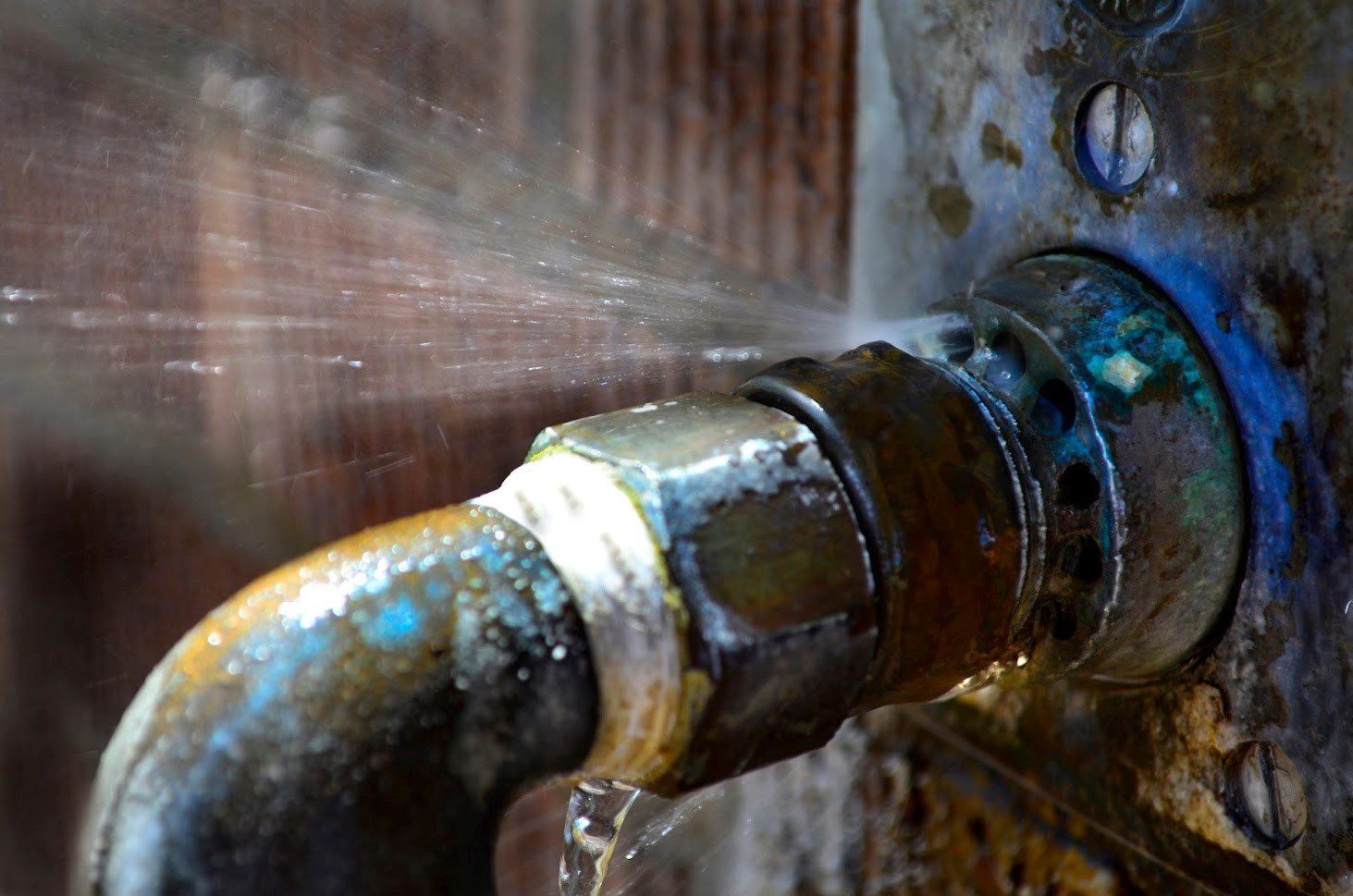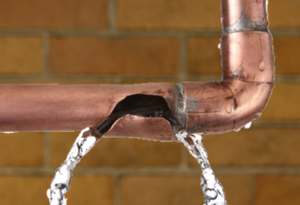From Detection to Correction: A Fast Approach to Handling Burst Pipes
From Detection to Correction: A Fast Approach to Handling Burst Pipes
Blog Article
This article which follows on the subject of What to Know Before Installing a Dishwasher is extremely compelling. Read on and draw your own findings.

A burst pipeline is a major emergency; you can only stand as you see water you pay dearly to rejoin with the earth. In even worse cases, you see a pool on your kitchen area flooring, which is a terrific journey hazard, particularly if you have youngsters around. If the pipe that burst remained in your walls, bad news: you might need to paint that entire area.
How can a catastrophe like a burst pipeline be avoided and also managed? Well, by paying attention to your expert emergency plumbing professionals as well as complying with these regulations.
How do I know when my pipelines have burst?
Changing water pressures
Pipelines do not just burst in a day. You might have noticed that your kitchen area tap or shower doesn't run immediately when you turn the tap. It may stop briefly for a few seconds and after that blast you with even more pressure than usual.
In other circumstances, the water may seem typical in the beginning, then drop in stress after a couple of secs.
Damp walls and water spots
Prior to a pipeline bursts, it will leakage, the majority of times. If this persistent leaking goes unnoticed, the leakage might graduate into a broad tear in your pipeline. One easy way to avoid this emergency is to keep an eye out for damp walls ad water stains. These water spots will certainly lead you right to the leakage.
Puddles under pipelines and sinks
When a pipe bursts, the outflow develops a pool. It might show up that the puddle is growing in size, and regardless of the number of times you wipe the pool, in a couple of mins, there's an additional one waiting to be cleaned. Frequently, you may not have the ability to trace the puddle to any visible pipes. This is an indication to call an expert plumber.
Untraceable trickling noises
Pipe bursts can occur in the most unpleasant areas, like within concrete, inside wall surfaces, or under sinks. When the house goes quiet, you might have the ability to listen to an aggravatingly persistent dripping noise. Also after you have actually examined your shower head and also cooking area faucet, the trickling might proceed.
Beloved visitor, the dripping might be originating from a pipeline inside your wall surfaces. There isn't much you can do regarding that, other than tell a professional plumber.
Shut off the Water
When water freezes, it expands in quantity by concerning 9 percent. And also it broadens with incredible force: The pressure inside pipelines might go from 40 extra pounds per square inch to 40,000 psi! No pipe can hold that much pressure, so it breaks open. The break may take place where the ice kinds, however more frequently, it happens where water pressure finds a weak point in the pipeline. That may be inches or even feet from the frozen location. Locate the water shutoff valve as well as shut off the water to stop even more damage. You may also need to shut off the electricity as well, relying on where the leakages happens as well as how big it is.
Infected water
Many individuals think a ruptured pipe is a one-way outlet. Quite the contrary. As water spurts of the hole or wound in your plumbing system, impurities discover their way in.
Your water may be infected from the resource, so if you can, inspect if your water tank has any troubles. Nonetheless, if your alcohol consumption water is supplied and detoxified by the local government, you ought to call your plumber instantly if you see or smell anything amusing in your water.
What do I do when I find a ruptured pipe?
Your water meter will certainly continue to run even while your water wastes. To lessen your losses, find the major controls and transform the supply off. The water mains are an above-ground framework at the edge of your residential or commercial property.
How to Fix & Detect a Leaking Pipe
How Do I Know if a Pipe is Leaking?
Leak detection tests can help you determine if your pipe has a leak. Even if you don’t see an apparent leak, you should still conduct leak detection tests regularly to save water and money—and prevent major damage to your home.
Water meter. It can be helpful to figure out what your usual water meter usage numbers are and then monitor them regularly. To monitor your meter, first, turn off all water faucets in your home. Check the meter and write down the numbers. In a few hours, check the meter again. If the numbers have changed, you have a leak. Water gauge. Use a water gauge to test your water pressure. Your showerhead should produce a certain amount of water pressure based on its model and design. If the pressure is lower than it is supposed to be for that specific showerhead, your home likely has a leak. Puddles. Look inside your bathroom, laundry, and kitchen sink cabinets. Puddles around the cabinets or around toilets, tubs, showers, and washing machines indicate the presence of a leaking pipe. You may also notice loose tiles, peeling or flaking paint, or mold caused by water accumulation. Napkin test. Even if you don’t see any puddles, you may still have a leak. You can test for water leaks in the bathroom, laundry, and kitchen by wiping below-sink connections with a napkin, paper towel, or piece of toilet paper. If it becomes damp, you probably have a leaking pipe under the sink. Discolored walls. Walls that are discolored—usually with brown or yellow stains—or bulging might mean that they have been impacted by water damage caused by a leaking pipe. Smell. A leaky pipe will create sitting water, and over time, that water may develop a musty smell. If your home smells musty, but you can’t locate the source, it may be due to a leak. Steps for Fixing a Leaking Pipe
A leaky drain can be remedied by tightening the pipe base, replacing the drain seal, caulking the rim, and tightening the pipe nut. Similarly, a leaking toilet pipe can be treated by tightening the packing nut. You may also need to replace the valve. A leaky faucet may just need tightening or replacement of the washers. If that doesn’t work, consider replacing your faucet. If your pipe has a hole in it, you may want to use a pipe leak sealer or pipe leak tape. This quick fix for water pipe leaks can also temporarily fix a copper pipe leak. https://www.ahs.com/home-matters/quick-tips/how-to-tell-if-pipes-are-leaking/

I was shown that editorial on What to Know Before Installing a Dishwasher through an acquaintance on a different web page. Do you know somebody else who is looking into the niche? Why not promote it. Thanks for your time. Visit us again soon.
Here
Report this page